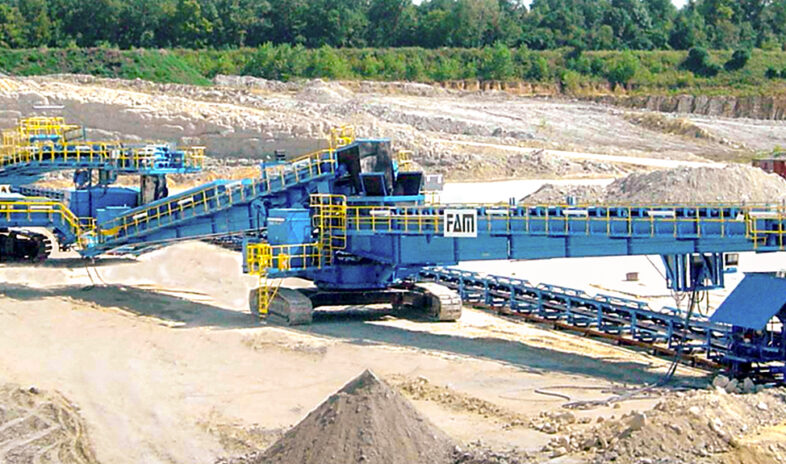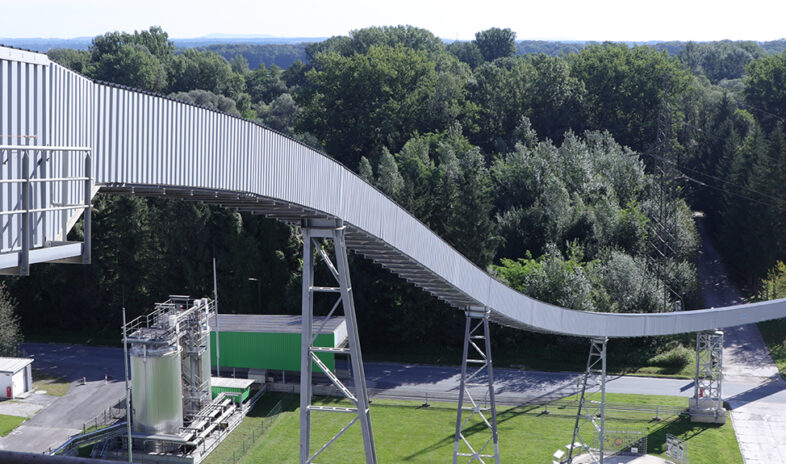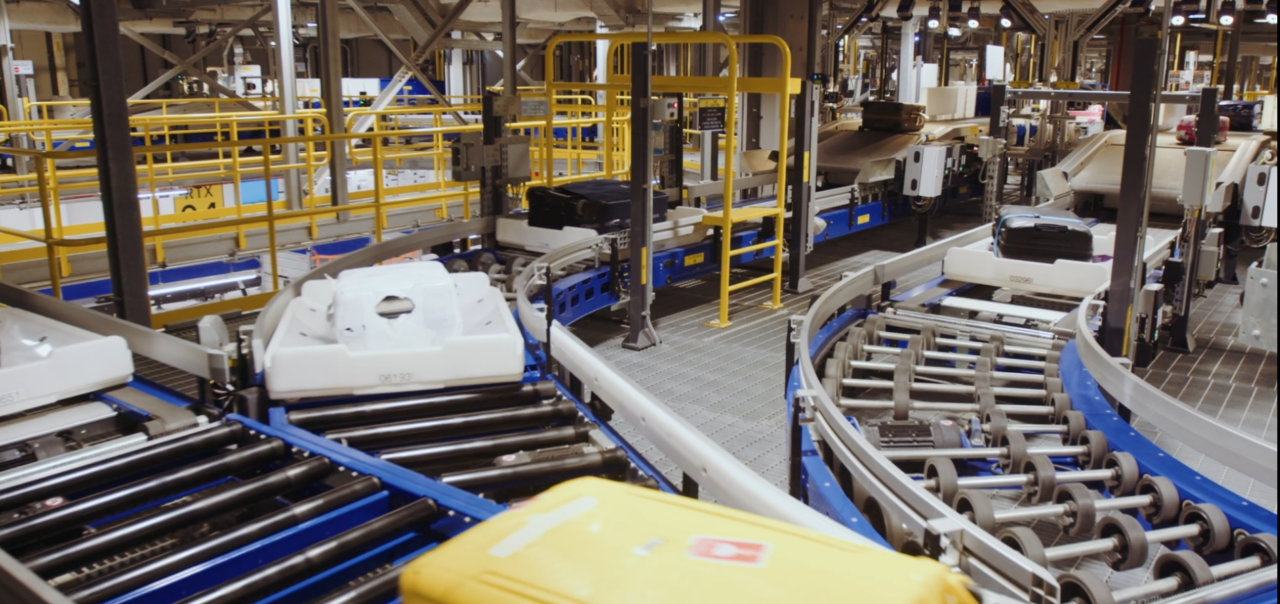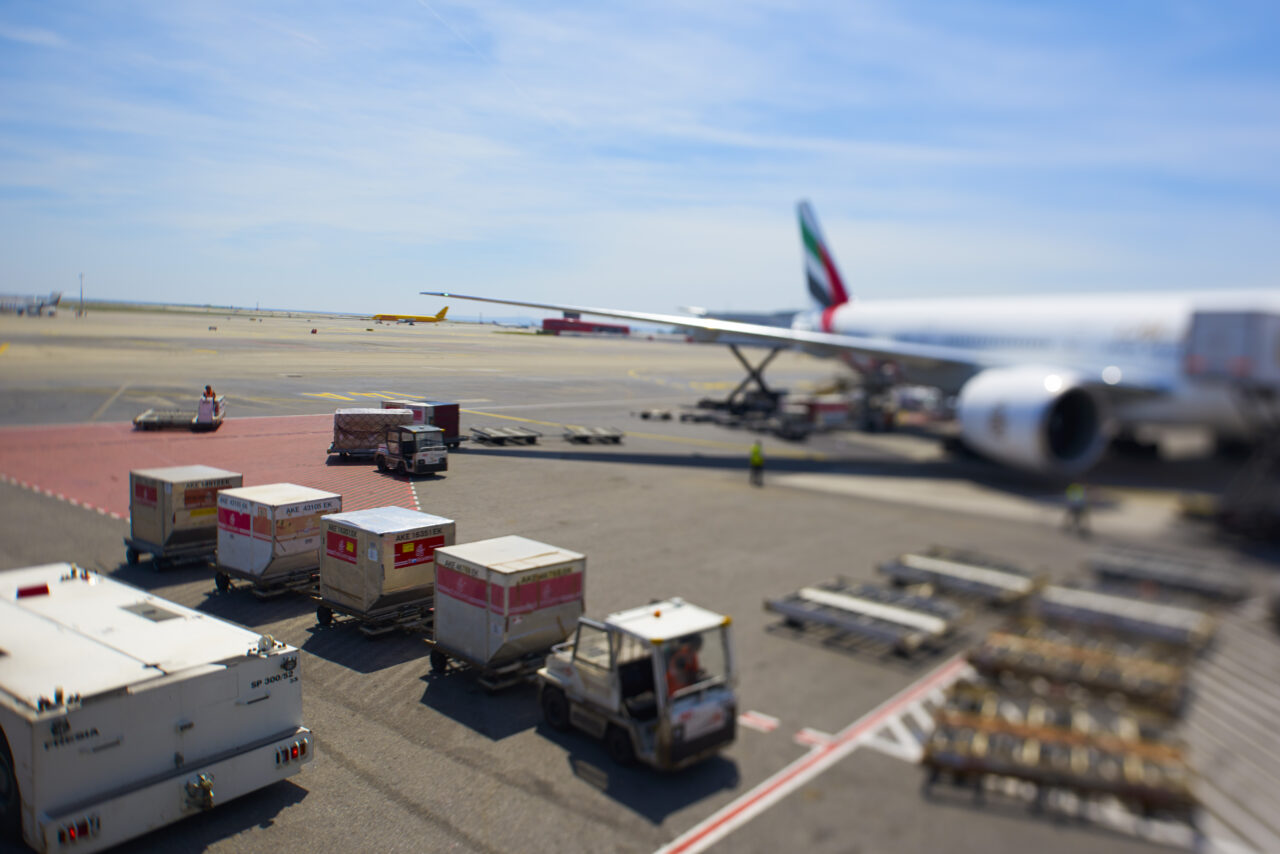In all cases these are tote-based systems that handle inbound, transfer and outbound processes in a CrisBag ICS system.
With an automated arrival baggage system, inbound baggage is taken via tugs from a flight and delivered straight to a BHS infeed. All the baggage is unloaded directly into the BHS. It doesn’t matter if it’s final destination bags or transfer bags. The BHS takes care of the entire sortation process and puts every bag on track to the correct baggage carousel or transfer destination.
Avoiding human error during the sortation of arrival and transfer bags is a massive advantage, and there are many other benefits – in regards to tracking and traceability, for example. Each inbound bag remains in the same individually-tracked and traced tote throughout the BHS process.
As a result, every bag is always traceable. In the rare instance when a bag is delayed or misplaced, it is easily and quickly located. This saves the passenger from a lot of anxiety during what is an already difficult moment – ‘baggage collection’ has been found to be the most stressful part of traveling in airports – and the airport from the cost involved in recovering the baggage and reuniting it with passengers.
On top of that, the 100 percent tracking and traceability at every stage of the baggage handling guarantees compliance with the IATA Resolution 753.
The rise of baggage claim on demand
The 100 percent tracking and traceability of an inbound baggage solution such as with the CrisBag system could also facilitate groundbreaking services to improve the passenger experience and create new revenue streams for airports.
100 percent in-built tracking capability also opens for the possibility to allow the passengers to follow the progress of their luggage throughout the travel journey via an app. Upon arrival the passenger receives a code to use to both verify their identity and open a kiosk to collect their bag, whenever it is convenient.
The service is called baggage claim on demand. It is the automated sortation and scanning of arriving baggage that facilitates the whole process.
Baggage claim on demand is both an optional upgrade for passengers that may have specific needs with their luggage, and an opportunity to generate new income streams for the airports.
Batch building for luggage courier services
Going forward, airports could offer a variety of services based on the technology. For example, passengers might be able to have their luggage delivered directly to a hotel or home address simply by clicking on the app.
A modern and well-designed ICS can incorporate a small baggage hotel in which batches of arrival bags are accumulated and sorted – just like a baggage make-up process – for pick-up by the courier service who provides the luggage delivery service.
Enough capacity for inbound bags and the ‘normal’ sortation?
Within the airport industry there has been some concern about whether the capacity of a BHS is geared to handle both arrival and departure bags.
However, with the most modern ICS systems designs that shouldn’t really be too much of an issue. Arrival and departure is generally peaking at two different times, meaning that if you mix arrival bags into the baggage handling system you don’t need to have double the capacity.
You’re basically just utilising your system even more efficiently as there won’t be the same amount of downtime.






